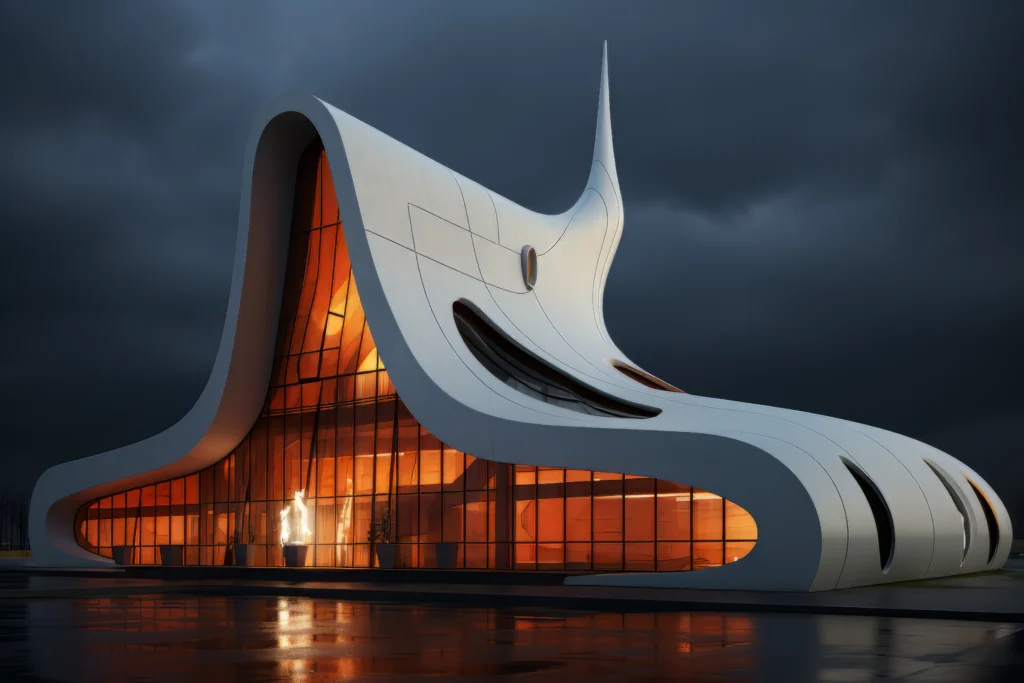
Architecture can be both universal and personal. It is an evolutionary art form that is heavily influenced by its surrounding environment. Furthermore, urbanisation, cultural shifts and technological advancements have urged architects to innovate and infuse functionality and sustainability as pillars to their designs.
Aspiring students of architecture must stay current with the newest drifts to remain relevant in a rapidly changing society that demands more each day. Here are some of the latest architectural trends that every student should be aware of in 2025.
The future of urban living is already here with IoT and associated AI-based technology being utilised to create designs and buildings that are efficient and contribute actively to user comfort and convenience. Whether it is climate control, smart energy metres or automated lighting systems, all these fittings are meant to enhance user experiences and minimise operational costs.
While modularity has been present in construction for some time, it has gained more traction recently, as it brings conscious savings into living. Save time and reduce waste by assembling components and structures on-site, particularly in construction. Efficiency is doubled, and architectural flexibility, alongside improved floor management, is achieved across an urban space.
The urban population expects more even as it swells in volume. This also means that the land area or space is less, and the number of consumers is more. To add to this, clients are looking not just for places to live, but also for an extension of their experience for themselves and their families. This could be a park, a swimming pool, an amphitheatre, a playground and others, all located within arm’s reach, prompting the rise of multi-functional spaces or gated communities.
Construction is being revolutionised in various ways. This includes the development of advanced building materials used in the construction process, such as transparent wood, carbon-reinforced composites, self-healing concrete, and other innovative materials. With endless possibilities in the fore, it would only be wise for the modern architect to present these myriad options to a client before they embark on creating a hyper-personalised space that goes beyond the user’s imagination.
If you are a student, your learning will certainly include American Architect, writer and designer Frank Lloyd Wright, who was famously known for the term ‘organic architecture’. The visionary Father of Architecture stated that buildings must be harmoniously integrated with their natural surroundings; all organic designs would be based on 20th-century architecture, and materials used would complement the landscape. The concept holds true even today, and sustainable design principles are a great example of organic structures with green floor plans.
Culture is a part and parcel of a shrunken globalised world that is sensitive towards its roots. Therefore, young architects must take into account the social and cultural contexts of a space and promote inclusivity, respecting the heritage of the land. Contemporary designs merged with modern aesthetics and technology, also using local materials, can create highly universal living spaces.
Students at the DC School of Architecture and Design receive practical, hands-on education that helps them understand the spaces they are going to design and build. From the basics to the advanced conclusion, learners receive a first-class education that prepares them for a future, global world.